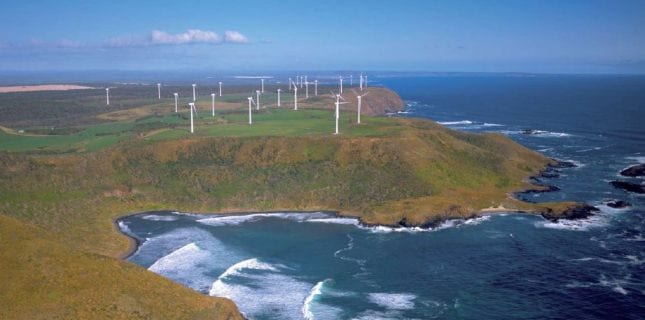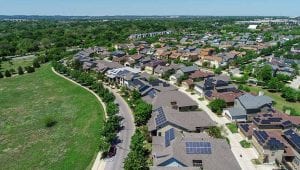Environment minister Greg Hunt has clearly been enjoying his new role as de facto chief investment officer of the Clean Energy Finance Corporation.
Over the last few months Hunt has announced that the CEFC – hitherto an independent “green bank” supposed to be at arm’s length from the government – would invest $1 billion in clean energy “innovation”, another $1 billion in clean water and clean energy projects along the Great Barrier Reef, and yet another billion in “smart” and “green cities.”

This week, he seemed ready to pledge yet more CEFC funds, providing financing to top up $250 million in government monies he is prepared to invest to build a new interconnector to transport electricity from Tasmania to the mainland, and the other way too, if necessary.
It’s a move that has long been mooted, but has taken on added urgency since the six-month outage of the existing Basslink cable, and in the context of the federal election campaign.
Closer inspection of the report is that the conclusions are not quite so glowing as Hunt is making out.
While in principle a good idea, the report by former government minister Warwick Smith makes clear that the interconnector is probably not going to be worth the $1 billion investment unless there is at least 1,000MW of new renewable energy capacity built in Tasmania.
And, the report makes clear, that much renewable energy won’t be built unless there is a commitment to a new cable. It is a classic chicken and egg situation.
“The feasibility of a second interconnector and any associated wind energy development are closely linked, as while an interconnector may enable renewable energy development, conversely, generation development will be needed to ensure a second interconnector is sufficiently utilised, such that the costs of its development are justified.
“Should the majority of the more than 1,000MW of wind energy under consideration in Tasmania be required to be developed to support the case for a second interconnector, this would require significant investment in supporting wind farm development.
“These linkages will need to be closely explored, in particular to better understand likely sources of financing and the sensitivities of potential financiers.”
That is because there is still a lack of certainty about government policy, and no effective mechanism to punish utilities who don’t meet their share of the target. Some plants – such as the 175MW White Rock wind farm near Glen Innes – are now being built because the price of renewable energy certificates has risen so high.
There is currently just over 2,200MW of hydro capacity in Tasmania, but the most this could grow by is about another 200MW, if some existing plants were expanded. There is 91MW of rooftop solar in the state, tipped to grow to around 300MW by 2024, but little likelihood of any large-scale solar plants, because the economics are better in sunnier states.
That leaves wind energy. There is supposedly more than 1,000MW of new wind potential, including the big 440MW project on the uninhabited Robbins Island off the north-west tip of Tasmania; a 300MW proposal for Echo Lake; and another 100MW project at Granville Harbour.
But the case for these plants will be hard to make if the connector is not built. The Hammond family, cattle graziers who own the land on Robbins Island, have made it clear that they and partners Eureka Funds Management won’t build without the second interconnector.
And Smith’s report indicates that the proposed wind plants may have to stump up some of the cost of the new $1 billion cable, if it is to go ahead. “If the feasibility is focussed on renewable energy, the developers of renewable energy projects could contribute to financing the inter-connector,” his report notes.
“A simple model for achieving this could be to charge renewable energy projects, such as wind farms, for connecting to the interconnector. This would mean that the interconnector would need to link to viable locations for renewable energy.”
Smith also canvasses the possibility of providing “base load” renewables for the mainland, particularly as brown coal generators in Victoria are phased out, including by that state’s new 40 per cent renewable energy target for 2025.
That has been a dream of Hydro Tasmania and its current CEO Stephen Davy for quite some time. Davy said a few years ago that an extra connector could deliver 1,000MW of “clean base load energy” into Victoria. But their first preference, a massive wind farm on King Island, was stymied by local opposition and bad economics.










